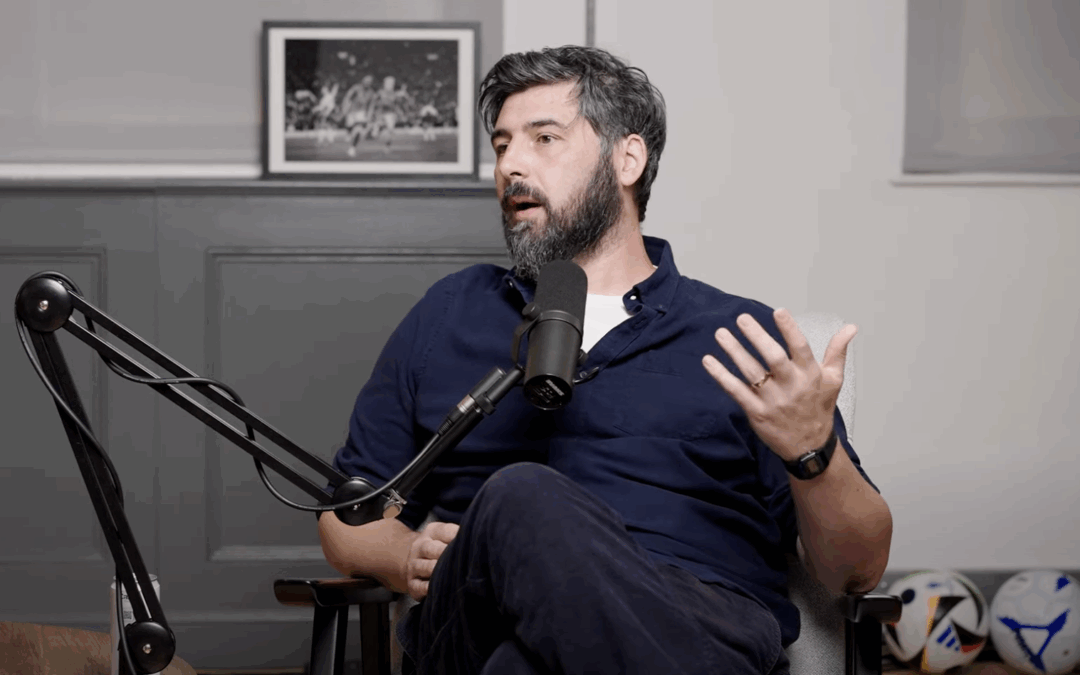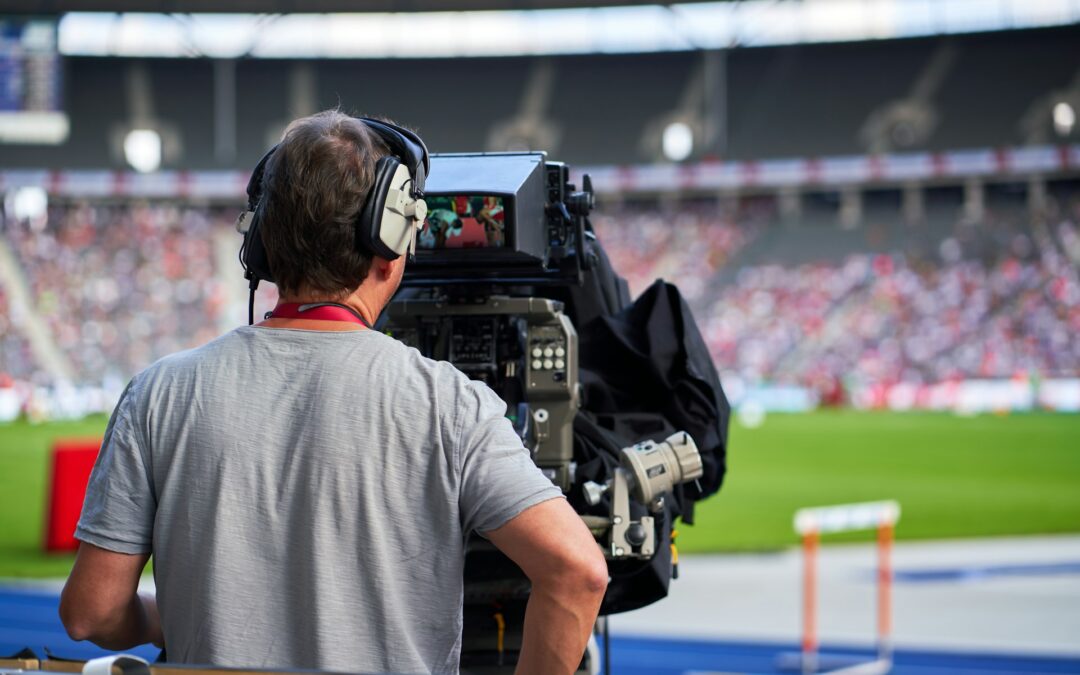Wimbledon is back soon, but a longstanding tournament tradition is broken without linespeople at the top of the court shouting decisions. So what has happened?
Breaking the 147-year tradition, the Wimbledon Championships will use Hawk-Eye Live instead of human line judges. This follows the US and Australian Open’s decisions in 2021 to use the automated system across all courts.
All 18 courts at Wimbledon, including Centre Court, will solely use computer-based technology, making the French Open the last remaining human-line-judged Grand Slam.
Sally Bolton, Chief Executive of the All England Club, said: “We take our responsibility to balance tradition and innovation at Wimbledon very seriously. Line umpires have played a central role in our officiating set-up at The Championships for many decades and we recognise their valuable contribution and thank them for their commitment and service.”
The Wimbledon Championships begin on Monday 30 June and will carry on until Sunday 13 July.
Sue Titley, a former lineswoman for over 25 years at events worldwide, including Wimbledon, believes the change can only be a good thing.
“I feel that technology has been improved to such a high level that using the system [Hawk Eye-Live] to call the lines and assist the Chair Umpire to make the correct decisions has to be best for the sport,” she says.
Hawk-Eye Live is a fully automated line-calling system that uses high-speed cameras and real-time tracking to make instant, accurate decisions without human line judges. It replaces traditional officiating by calling “out” and “fault” through a computer-generated voice.
In 2024, Wimbledon employed around 300 line judges. As a result of the change, many will have to give up the role as more and more tournaments opt for the automated system.
With many official umpires starting their careers as line judges, the future of tennis officiating is uncertain.
“It is sad that we are no longer on court calling the lines,” Titley says. “But what matters most in any sport is for the correct decisions to be made and for the players to have the very best support.”
Despite the omission of line judges, Titley is optimistic that it won’t affect the magic of the London-based Grand Slam.
“The atmosphere at Wimbledon is always amazing. There is a buzz about the place, but also a wonderful sense of tradition and history.”
Looking back at her time as a lineswoman at Wimbledon, Titley suggests that the change has resulted not from the incapabilities of the line judges but from the rapid progression and precision of Hawk-Eye Live.
“It’s not hard to maintain a very high level of concentration and professionalism required as a lines person,” Titley says. “We all realised the importance of what we were doing and how much it meant to the players, their teams, and also the Chair Umpire.”
Having retired, Titley looks back at many fond memories of watching tennis court lines around the world: “I was lucky to spend over 25 years travelling the world working alongside so many wonderful athletes and fellow officials.”
With some sports fans dubious of electronically automated systems, all will be hoping for a clean transition from the human eye to Hawk-Eye.
But what do you think of this change? Let us know at sidelinesmag@gmail.com


